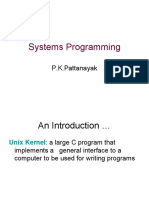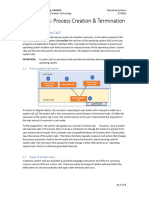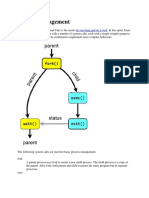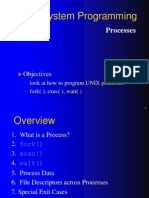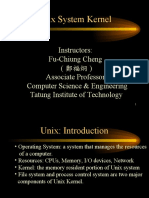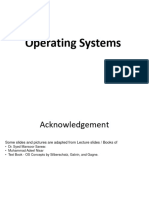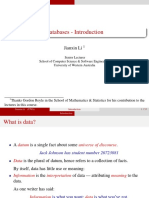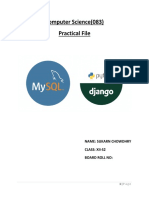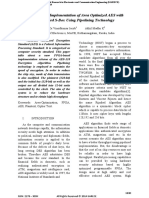0% found this document useful (0 votes)
48 views8 pagesMaking Assertions About Your Code
This document discusses processes and process management in Unix/Linux systems. It explains that each process has a unique process ID (PID) that can be obtained using getpid() and that a parent process's ID can be obtained by the child using getppid(). It describes how the fork() system call is used to create a new child process, with the child receiving a copy of the parent's memory. The key differences in return values and memory between the parent and child processes are highlighted. The roles of wait(), execve(), and exit() in managing processes are also summarized.
Uploaded by
FredCopyright
© © All Rights Reserved
We take content rights seriously. If you suspect this is your content, claim it here.
Available Formats
Download as PDF, TXT or read online on Scribd
0% found this document useful (0 votes)
48 views8 pagesMaking Assertions About Your Code
This document discusses processes and process management in Unix/Linux systems. It explains that each process has a unique process ID (PID) that can be obtained using getpid() and that a parent process's ID can be obtained by the child using getppid(). It describes how the fork() system call is used to create a new child process, with the child receiving a copy of the parent's memory. The key differences in return values and memory between the parent and child processes are highlighted. The roles of wait(), execve(), and exit() in managing processes are also summarized.
Uploaded by
FredCopyright
© © All Rights Reserved
We take content rights seriously. If you suspect this is your content, claim it here.
Available Formats
Download as PDF, TXT or read online on Scribd
/ 8


